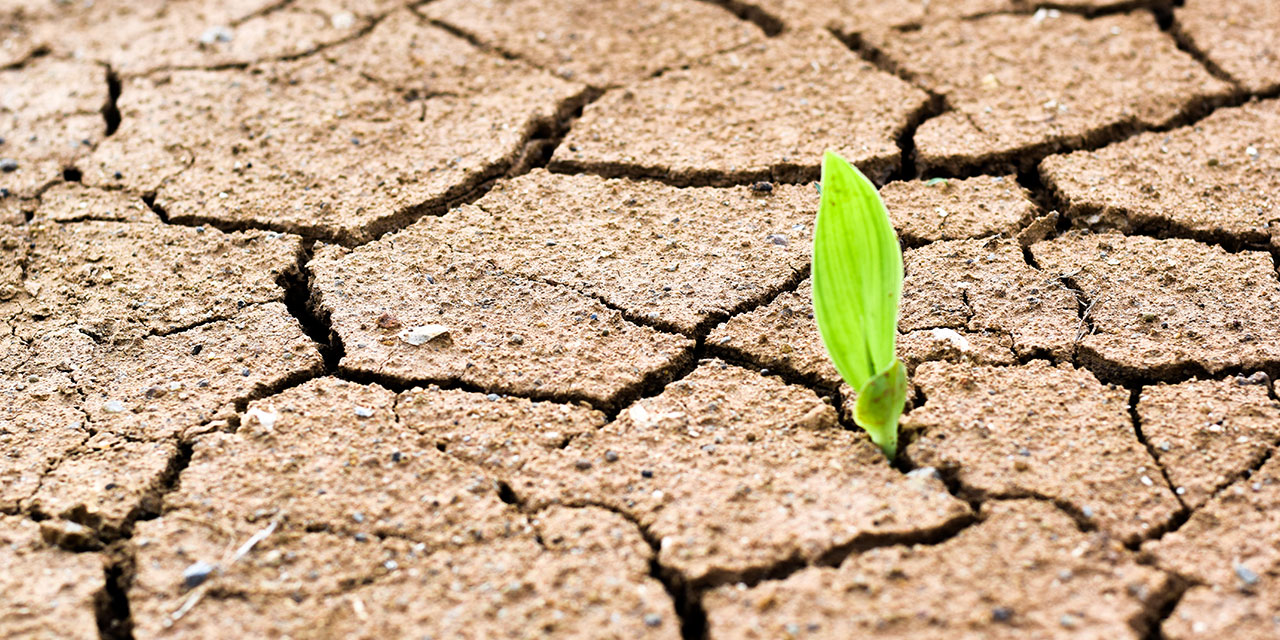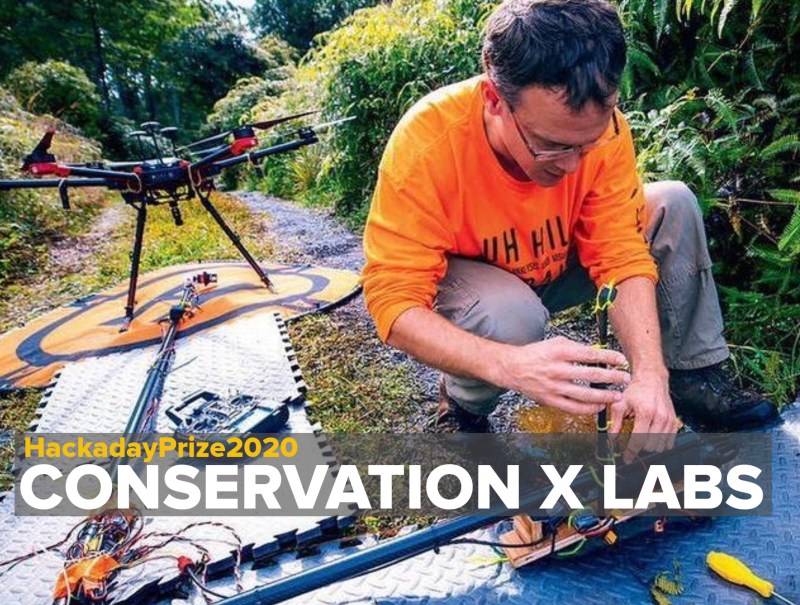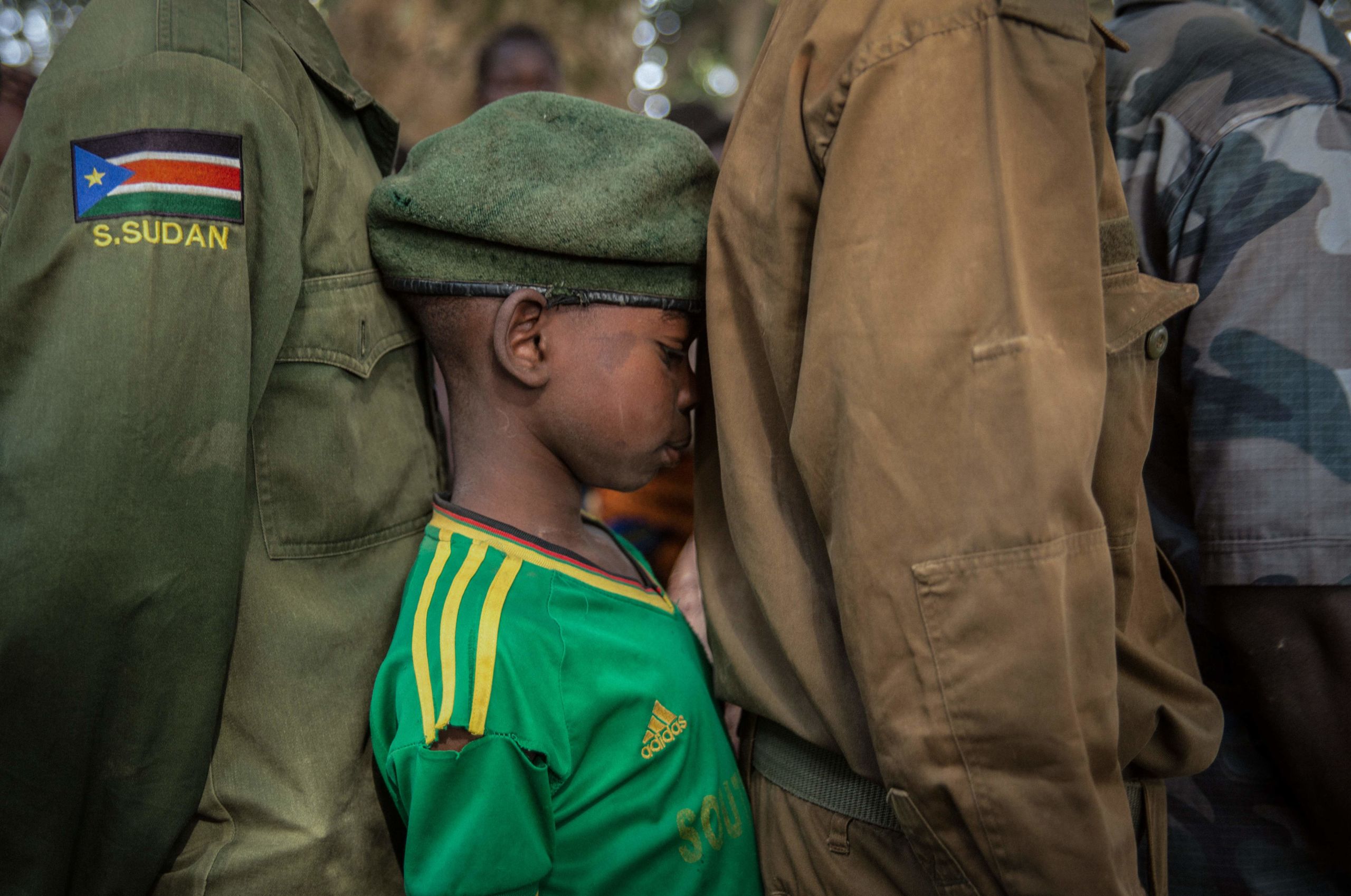%20(1).jpg?itok=gizSauWS)
How Climate Change Can Help
Heal Conflicts — Not Just Fuel Them
Peter Schwartzstein / National Geographic
(November 10, 2022) — For years, pastoralists in northern Senegal had been at each other’s throats. They tussled over prime pasture for their livestock, particularly as the rains repeatedly failed and desert vegetation shriveled. They competed for space and time at watering holes. In 2017, after a herder was murdered and tit-for-tat animal killings began to proliferate, AVSF, an agricultural NGO with a local presence, decided enough was enough.
It recruited a representative from each village in the area and established a “pastoral unit,” now one of 25 across Senegal. And through that forum the local leaders were able to agree on maximum herd numbers, their placement, and compensation for farmers in the event of damage to their fields.
This is a variation of so-called environmental peacebuilding (EP) in action, and across the world increasing numbers of NGOs, governments, and conflict resolution groups are using it to tackle spiraling environmental woes and instability — especially instances that combine the two.
Several years on, and despite worsening climate shocks, herders around Younouféré say there are now fewer disputes and less systematic overgrazing than there have been for years. “Life is still hard, but we’ve found that we can provide for most people and protect the land with better coordination,” says Demboi Sow, a Younouféré village elder. “I think we would have been slaughtering each other without this mediation.”

EP 101
Amid mounting awareness of climate and the environment’s capacity to both fuel violence and suffer from it, EP’s champions insist that the natural world can help bring people together every bit as much as it is tearing them apart: Think of it as the optimistic flip side of climate-related violence.
In wonkish terms, environmental peacebuilding describes the full spectrum of ways in which environmental issues can be harnessed to prevent, reduce, resolve, and recover from conflict. That can mean everything from securing access to farmland for former fighters who might otherwise return to violence, to rebuilding the rule of law after a conflict by training judges to better decide environmental cases.
At its heart, though, EP is grounded in the notion that if warring parties share concerns about their environment and resources, that can be a way to build trust, creating momentum for more cooperation down the line.
On the outskirts of the village of Madina Torobe, Senegal, pastoralists bring their livestock to makeshift water wells, dug into a parched riverbed. Some herders will walk for hours to get to the nearest animal water point.
:quality(70)/cloudfront-eu-central-1.images.arcpublishing.com/thenational/W5SXJSKBDDAX57L2DDDQ67VXYU.jpg)
Increasingly, environmental cooperation
is solving local conflicts around the world
that are caused by global warming
The appeal, peacebuilders say, is obvious. “When communities are angry with each other, they won’t talk. In those circumstances cooperation is hard,” Samba Samba Dia, an AVSF community representative, explains. “But when people’s jobs depend on the good health of the environment, well, then, they can find a way to work for all of their benefit.”
Parts of this concept aren’t wholly new, and parts have been tried and stress tested at the highest level. Even at the height of the Cold War, officials understood that they might be able to engage with hostile powers on the environment, which was perceived as a uniquely “soft” subject, when they would cooperate on little else.
From the late 1990s onwards, conservationists in southern Africa and South America created about a dozen cross-border “peace parks,” which helped transform once violently disputed areas into nature preserves.
The United States has pursued science diplomacy with its adversaries for decades, notably Iran, with whom there were significant exchanges over water and renewable energy in the run-up to the nuclear deal in 2015. Those involved credit the interactions for laying some of the groundwork for wider discussions.
“That’s what leads to breakthroughs,” says Alex Dehgan, CEO of Conservation X Labs, a conservation-focused startup, and a former chief scientist at USAID.

Signs of Growth
But what’s emerged in recent years is very different—a much broader, more ambitious, and empowered field than in the past.
New interest around EP within militaries, which has grown as climate security risks intensify, has narrowed the previous gulf between the “peace” and defense communities and led to the inclusion of more environmental issues in post-conflict operations. Interest within academia has provided a better theoretical framework; there were three times more peer-reviewed papers on EP in 2021 than in 2016, according to Tobias Ide, a senior lecturer in policy and politics at Australia’s Murdoch University.
Both donors and many of the organizations best placed to implement EP on the ground are warming to the theme. For example, the UN Peacebuilding Fund has dedicated at least $60 million to EP in recent years, while other UN agencies have started deploying climate security experts to environmentally vulnerable conflict zones, like Somalia. Unusual for this kind of programming, both the implementers and those receiving help seem genuinely thrilled by the potential.
“It’s just so exciting. We started with this idea, and we’ve gained so much momentum,” says Carl Bruch, president of the Environmental Peacebuilding Association, the leading EP network, which has members across more than 70 countries. “But it’s not just the ideas, it’s the increased knowledge of what works and what doesn’t, the number of universities that are teaching environmental peacebuilding. We’re building a body of people to work on this.”

Collecting Evidence that It Works
Yet, even as it has gained traction—and high-ranking admirers—environmental peacebuilding has struggled to answer a big, burning question. Does it actually work? Or, more accurately, does it work enough to warrant the hype? Because for all the excitement, the evidence can appear underwhelming.
When people’s jobs depend on the good health of the environment, well, then, they can find a way to work for all of their benefit.
For every clear-cut success story like Senegal, or western Nepal, where the UN Environment Programme (UNEP) and its local partners have helped calm inter-communal tensions over natural resources, there is an array of less equivocal outcomes. And for every enduring achievement, there have been thwarted half-successes.
For example, in Liberia, peacebuilders helped to revamp the forestry sector in the hope of preserving the woodland, pacifying sometimes violent land disputes, and preventing logging from fueling new conflicts. But then a new government reversed some of that progress. “It worked until it didn’t,” Carl Bruch says.
But there are a few definitive triumphs. Over the past 30 years, EcoPeace Middle East, an Israeli-Palestinian-Jordanian environmental group, has spearheaded significantly enhanced environmental cooperation across the three countries, with a particular focus on reviving their imperiled shared river.
“We’re such a tiny part of the word, in which almost all of our resources are cross-border, and there’s an understanding that the only way to protect these resources is to work together,” says Gidon Bromberg, one of the organization’s co-directors. EcoPeace’s work recently culminated in a water-renewable energy exchange—the “Green Blue Deal”—between Israel and Jordan. “We found that we could build trust through that, and that trust didn’t have to stop with the environment.”
Practitioners say they’re keenly aware of the shortfall in evidence, and that they are trying to redress it. That’s no easy task, though.
As with climate action, environmental peacebuilding can mean the absence of additional damage, and so success sometimes isn’t very visible. How, after all, can you prove that farmer-herder clashes, like those across swathes of the Sahel, might have been even worse without EP efforts to quash them?
Practitioners feel they’ve achieved significantly more than is understood, but for want of proof they’re left with a limited portfolio of eye-catching case studies.
EP can take decades to show its worth—similar to other forms of peacebuilding. But that can be difficult to reconcile with donors and big development organizations who often want well-defined results on impossibly short timelines, are already overstretched, and are frequently wary of greenlighting programs in conflict zones for fear of seeing them dashed soon afterwards.

“Real mediation projects can last many, many years, and the fact that we have seen some successes [with EP] after a few years is, by our measure, quite notable,” says Sebastian Kratzer of the Centre for Humanitarian Dialogue, a Geneva-based conflict resolution and prevention nonprofit. “But there’s still a difference between the interest shown and the money we receive.”
Most importantly, environmental peacebuilding can be exceptionally hard, or even dangerous, when applied without the participation of women, Indigenous groups, and other marginalized communities.
Though practitioners quibble about what constitutes EP, some past environment-related interventions appear to have solved old challenges only to spark new ones. For example, some of the peace parks have been accused of prioritizing conservation over the welfare of the original inhabitants.
For all EP’s good reputation, it can only deliver better environmental and peace outcomes if local nuances are kept in mind, says Silja Halle, Manager of the EU-UNEP’s Partnership Programme on Climate Change and Security. “The evidence for environmental peacebuilding at a local level is compelling,” she said. “The challenge for us is scaling it up without losing that nuanced understanding. A cookie-cutter approach simply won’t work.”

Nevertheless, most environmental peacebuilders seem bullish about their concept’s prospects over the coming years. Even a world that begins to take climate change seriously might need their efforts.
“Now we’re starting to hear questions such as, ‘What happens if we are able to transition to a carbon neutral economy?’,” says Carl Bruch. “Could that drive conflict? What of cutting off the cash flows of oil producers? There’s a lot going on.”
Posted in accordance with Title 17, Section 107, US Code, for noncommercial, educational purposes.